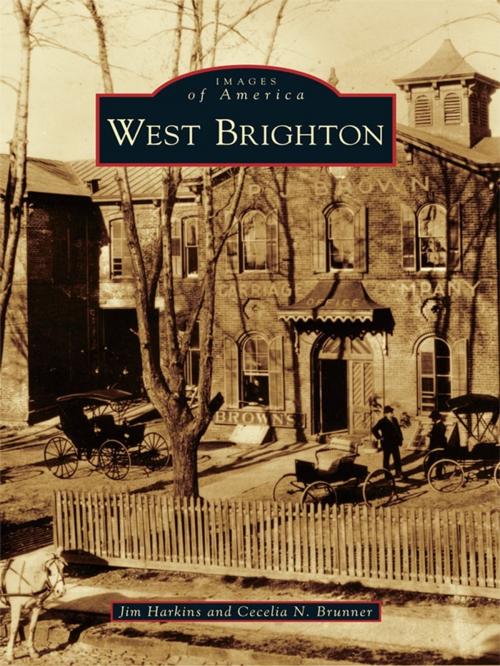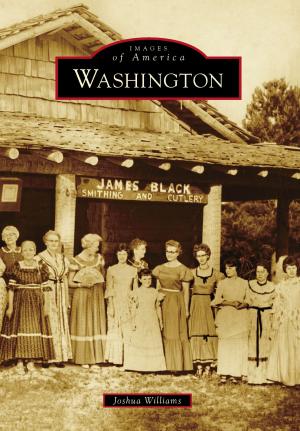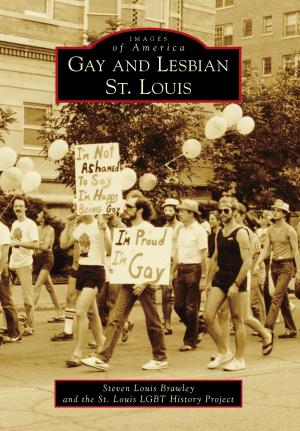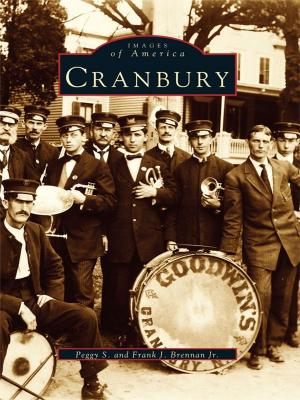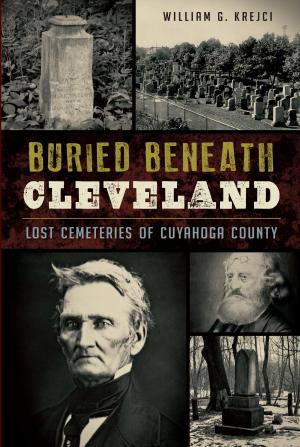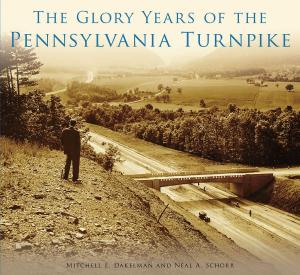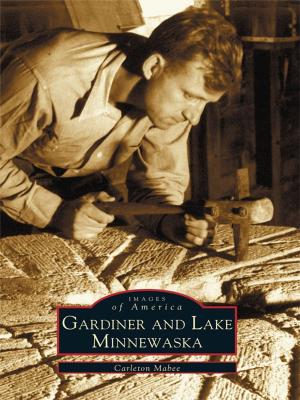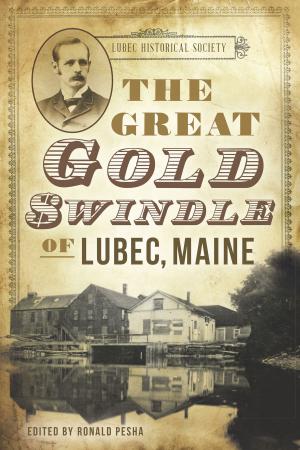| Author: | Jim Harkins, Cecelia N. Brunner | ISBN: | 9781439639047 |
| Publisher: | Arcadia Publishing Inc. | Publication: | January 24, 2011 |
| Imprint: | Arcadia Publishing | Language: | English |
| Author: | Jim Harkins, Cecelia N. Brunner |
| ISBN: | 9781439639047 |
| Publisher: | Arcadia Publishing Inc. |
| Publication: | January 24, 2011 |
| Imprint: | Arcadia Publishing |
| Language: | English |
In the late 19th century, West Brighton became known as �Factoryville� after several industries set up shop in the vicinity. One of the largest, Barrett, Nephews, and Company, a dyeing and cleaning establishment, employed hundreds of Staten Islanders. Several prominent historical figures have resided in the region as well, including former first lady Julia Gardiner Tyler, who, in 1862, left the Confederacy (but not her Southern sympathies) to rejoin her family in West Brighton upon the death of former U.S. president John Tyler. The neighborhood is also the home of the famed Staten Island Zoo; the idyllic beauty of Silver Lake, Clove Lakes, and Walker Park lie within walking distance. But the most enduring trait of West Brighton is its people�the generations of families that have put down roots in one of the most scenic communities on Staten Island.
In the late 19th century, West Brighton became known as �Factoryville� after several industries set up shop in the vicinity. One of the largest, Barrett, Nephews, and Company, a dyeing and cleaning establishment, employed hundreds of Staten Islanders. Several prominent historical figures have resided in the region as well, including former first lady Julia Gardiner Tyler, who, in 1862, left the Confederacy (but not her Southern sympathies) to rejoin her family in West Brighton upon the death of former U.S. president John Tyler. The neighborhood is also the home of the famed Staten Island Zoo; the idyllic beauty of Silver Lake, Clove Lakes, and Walker Park lie within walking distance. But the most enduring trait of West Brighton is its people�the generations of families that have put down roots in one of the most scenic communities on Staten Island.
